Scents and sensibility in Grasse, home of French perfume
Breathe deeply in the original home of French perfume.
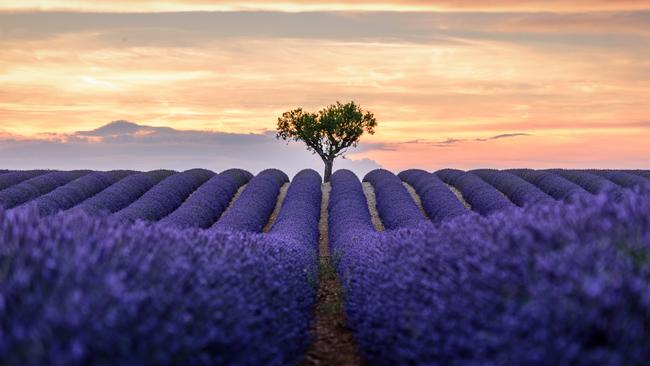
01 Landlocked between the sea and the mountains in southeast France, Grasse is regarded as the world centre of perfume making. In November last year, the medieval hill town’s perfume-making skills — flower cultivation, understanding and use of raw materials, and creating perfume — were added to UNESCO’s list of Intangible Cultural Heritage. To get a good overview of the 200-year-old industry, take a guided tour of the town (book at the tourist office) then visit the excellent Musee International de la Parfumerie. This interactive, multi-media museum traces the history of perfume making from antiquity to recent times and houses a beautiful collection of perfume bottles. MIP also has an educational garden, showcasing the flowers and plants used in perfume making, in Mouans-Sartoux (10km southeast of Grasse).
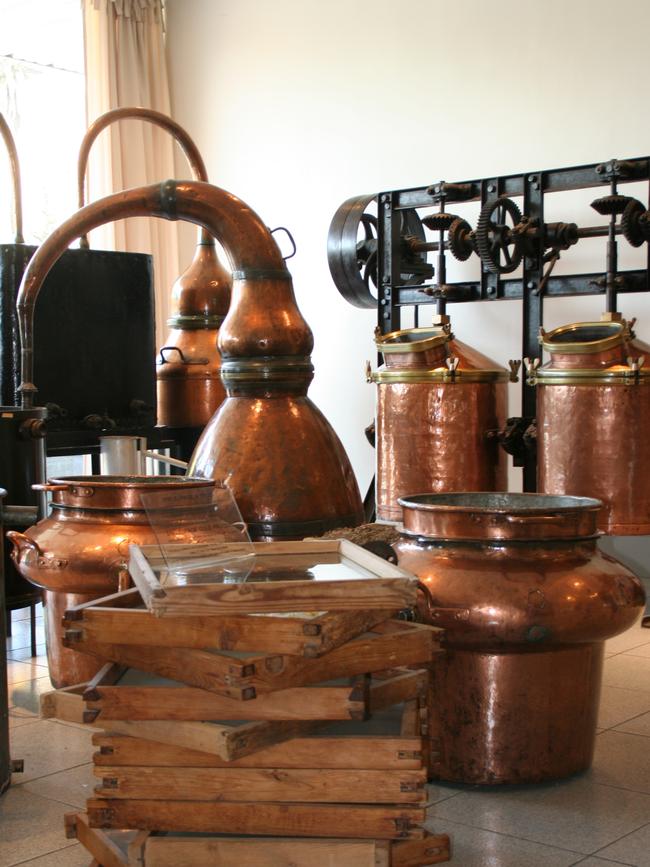
02 Thanks to a unique microclimate, centifolia roses, jasmine, violets, orange flowers, irises, and tuberoses have been cultivated for centuries in fields around Grasse. In the industry’s early 20th-century heyday, about 2000ha were planted with flowers, but now just 40ha remain. For an unforgettable experience, visit Le Domaine de Manon in Plascassier (6km southeast of Grasse), a third-generation family-run business that provides petals for Parfums Christian Dior. Go in May to early June to wander through fields of pink roses, or from August to mid-October when the jasmine is in full bloom. Hour-long tours usually take place on Tuesdays at 9am by prior appointment and include a tasting of their rose or jasmine jam, which you can buy.
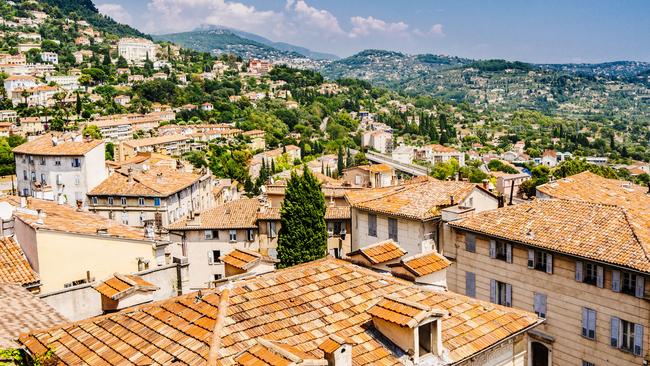
03 The first perfumery in Grasse was founded in 1747 by Jean de Galimard, who supplied the court of Louis XV. Now there are more than 60 perfume-related businesses employing 2700 people. One of the most important jobs is the “nose”, the person who has developed an encyclopedic knowledge of scents and puts them together to create a perfume. If you fancy pursuing this career, you can apply to do an 18-month course at Grasse Institute of Perfumery, which admits just 12 students each intake and costs €12,900 ($21,000). Galimard, however, offers an excellent two-hour perfume-creation workshop (€53) three times a day at its Studio des Fragrances, 3km southeast of the town. Bottle your personal blend and take it with you.
04 Grasse is one of 23 communes of the Pays de Grasse. Most are to the north of the town in the Prealpes d’Azur Regional Natural Park, a great place for hiking and cycling. The park is crossed by a circuit of the Route de la Lavande (Lavender Route), which runs for 70km from the perched village of Castellane in the Alpes-de-Haute-Provence to Grasse; visit from mid-June to mid-July to see the purple plateaux. Another scenic journey is the Route du Mimosa, a two-hour drive west from Grasse to Bormes-les-Mimosas in the Var department; best navigated from January to March.
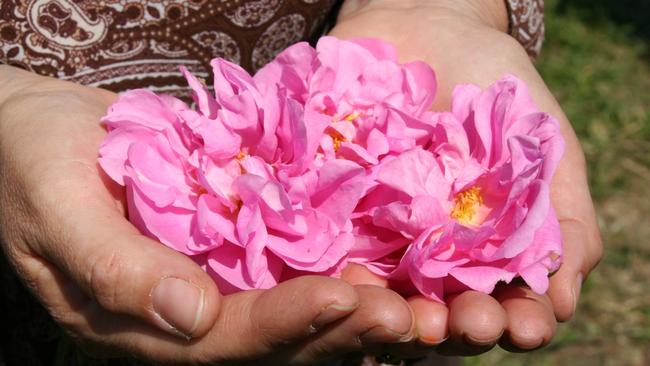
05 Celebrating the flower seasons is a big part of local culture. On the second weekend of May, Grasse becomes an open-air rose garden when the town is festooned with centifolia during ExpoRose. This annual event features exhibitions, street entertainment and a market selling rose-flavoured products. Similarly, the Fete du Jasmin takes place on the first weekend of August; expect parades, a firework display, local firefighters spraying jasmine-scented water and a special mass. The biannual Festival des Jardins de La Cote d’Azur returns next month when a garden-design competition, floristry workshops, exhibitions and culinary activities are on the menu. In Grasse, Villa Fragonard will host several of the gardens in the competition.
festivaldesjardins.departement06.fr
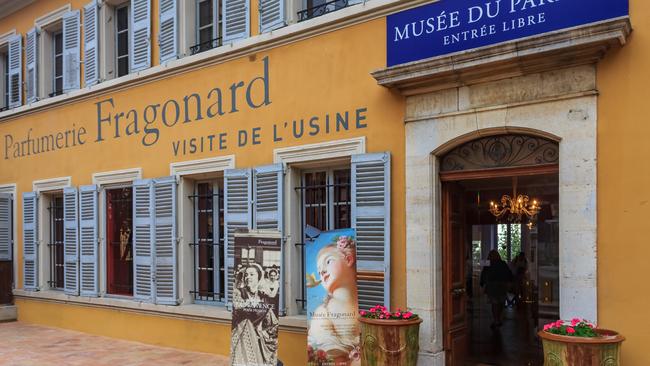
06 Fragonard perfumes are sold worldwide and the company has a strong presence in Grasse. It took its name from Jean-Honore de Fragonard, a renowned painter in the rococo style who was born in the town in 1732. You can see a dozen of his works for free in the Musee Fragonard, housed in a grand 18th-century mansion. The company’s perfumes and soaps are made in an ochre-coloured 19th-century factory, which is open daily for free tours. You won’t want to leave without buying something. On the first floor is the Musee du Parfum, a private collection of perfume-related objects such as alembics, which were traditionally used for distillation; fragonard.com.
07 For an atmospheric aperitif head to one of the cafe terraces in Place aux Aires, a medieval square with arcades and a fountain. Most places will have rose syrup to add to white wine to make a local version of kir (usually made with blackcurrant liqueur). AzurVio, an organic wine shop southeast of town on the route de Cannes, turns into a bar on Friday evenings when you can sample some of the regional vino accompanied by platters of cheese and charcuterie (book in advance); local products to try are vin a la rose (centifolia rose wine) and rose-scented Gin 44°N. Brasserie L’Azureenne makes a rose-flavoured beer called Le Magali, which is served at a selection of bars and restaurants in the south.
08 Confiserie Florian makes a huge range of sweet treats, including chocolate studded with rose and lavender, flower preserves and also flower syrups and teas. Although there is a shop in Grasse, the company offers daily free guided tours of its factory, 12km northeast of the town in Gorges du Loup, where from February to August you can watch flower products being made. A 40-stall Provencal market takes place every Saturday morning in Place aux Aires, where you’ll find great local produce such as olive oil, colourful paisley-patterned textiles and flowers. Head to Venturini (1 rue Marcel Journet) for a fougassette, a kind of bread made with orange flower water; confiserieflorian.com.
09 In the attractive small town of Mouans-Sartoux, a 15-minute walk north of the MIP gardens, accomplished chef Franck Cicognola runs Mon Petit Resto in a quaint old house by the chateau. The beautifully presented dishes change every couple of days and are usually garnished with local herbs and flowers. If you fancy making your own lunch, head down to Antibes (27km southeast of Grasse) where Yves Terrillon runs workshops for six or more people in how to cook with centifolia rose, jasmine and violets in season. In Grasse itself, the simple Cafe des Musees (1 rue Jean Ossola), owned by Fragonard, is where the perfume industry crowd often goes for lunch.
BEST BEDS
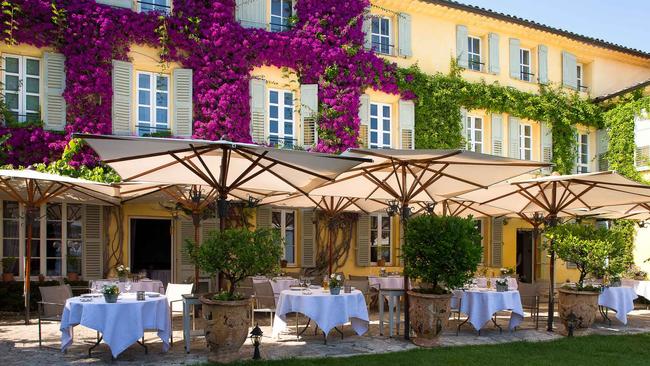
10 The ultimate Grasse bolthole is La Bastide Saint Antoine (pictured), a five-star hotel overlooking the bay of Cannes. Popular with stars attending the Cannes Film Festival, the 17th-century estate owned by top chef Jacques Chibois has gorgeous gardens. Oil from its 1000-year-old olive trees, along with the hotel’s fruit, flowers and herbs, is used in the exquisite dishes created in the Michelin-star restaurant. Lou Pantail, meanwhile, is a cosy traditional B&B in a 19th-century stone farmhouse set among the rose fields. The two bedrooms are decorated in minimalist Provencal style and the copious breakfast features local specialities such as fougassette. However, it only welcomes guests from April to June and September to October.

To join the conversation, please log in. Don't have an account? Register
Join the conversation, you are commenting as Logout